During times of war, submarines were often used in combat due to their ability to sneak up on targets unnoticed. However, they were also some of the most dangerous marine crafts to do battle in due to the risk of sinking.
Many sailors drowned during the war when they were unable to escape from the bowels of their ships. For one sailor, Henry Breault, he risked everything to save a friend, despite the risk. His story is one of bravery and true heroism.
A Split Second Decision
Early in the morning on Sunday, October 23, 1923, the U.S. Submarine O-5 was leading a routine patrol in the bay off the northern tip of the Panama Canal. It was a typical morning for the crew when out of nowhere the sub was struck by a steamship.
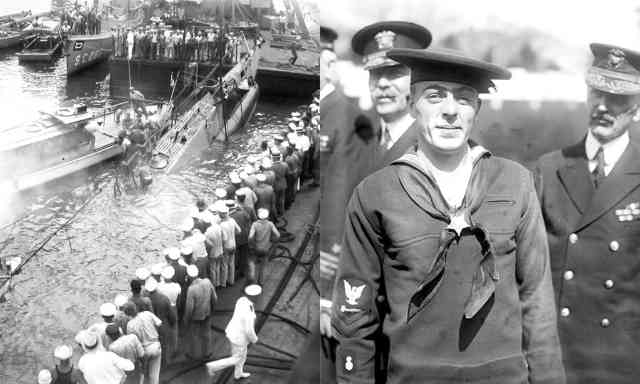
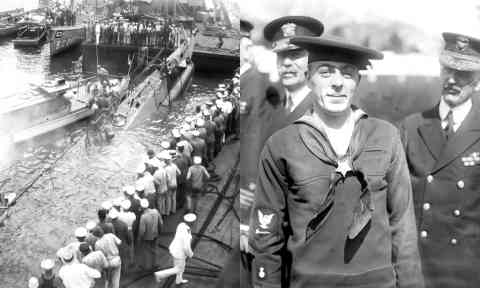
With the crew panicking, sailor Henry Breault made his way to the deck when he suddenly remembered his good friend was down below. Realizing time was of the essence, he made a decision that would alter the course of his life forever.
Joining the Royal Navy
Henry Breault was born on October 4, 1900, in Putnam, CT.

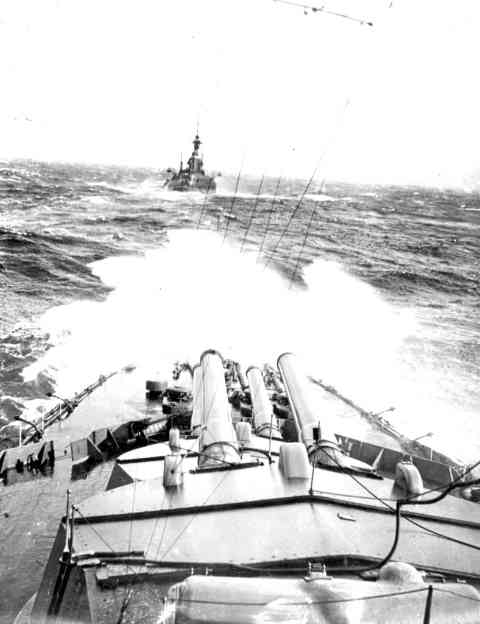
At just the age of sixteen, he decided to join the Royal Navy, jumping into the fight against the Germans in 1916, a full year before the United States even entered World War I.
Switching Sides
After serving in the Royal Navy for four years, Breault decided to switch sides and join the U.S. Navy.
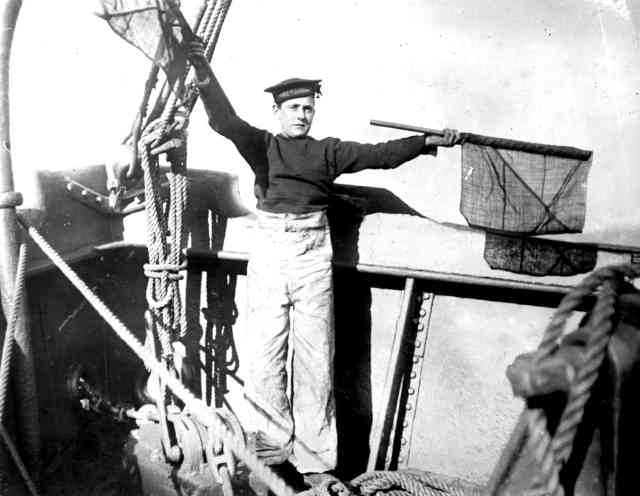
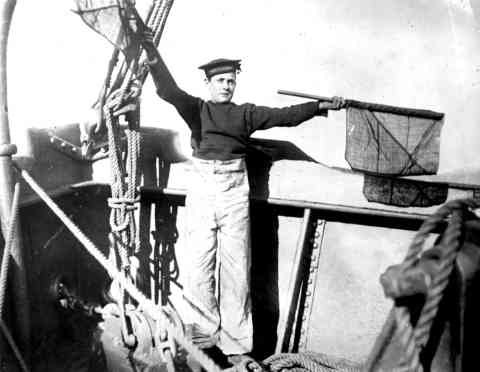
With World War I ending, Breault hoped to continue his naval career, and he certainly did all he could to excel.
Thriving in the Navy
Breault moved up in the ranks of the U.S. Navy and held the rank of Torpedoman’s Mate Second Class.
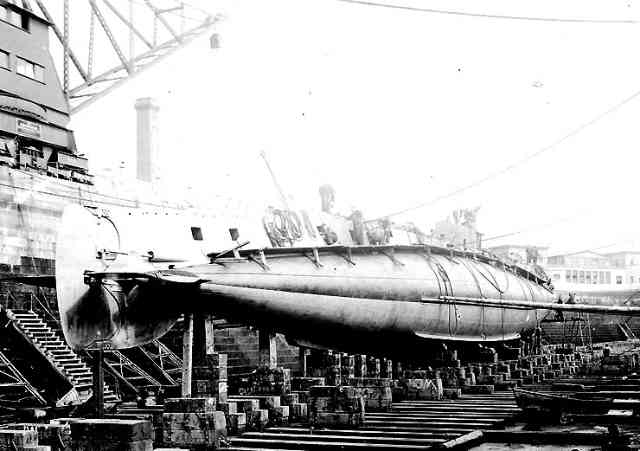
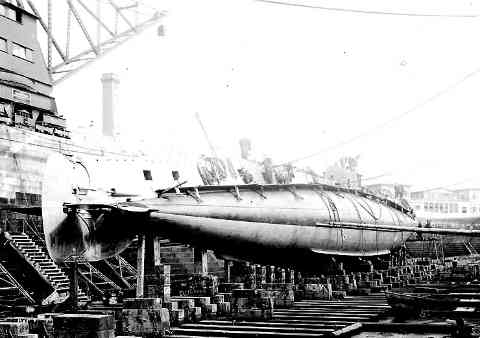
His assignment was on the U.S. Submarine O-5, one of sixteen O-class subs built just in time to join the first World War in 1918.
The O-Class Submarine
Measuring 172 feet from stern to prow, the O-class submarines were able to dive to a depth of 200 feet and were powered by two diesel engines that helped drive a single propeller shaft.

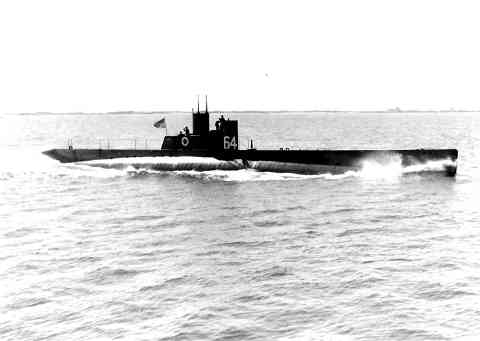
The submarine used a crew of 29 men and had four torpedo tubes, as well as an on-deck gun.
Five Months Remaining
One interesting fact about the O-class submarines is they went into service with only five months left of World War I remaining.
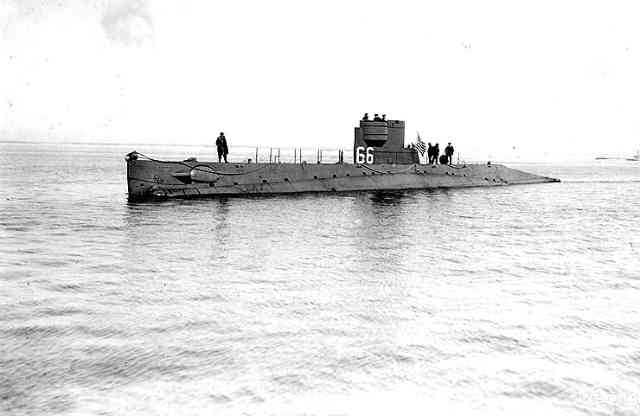
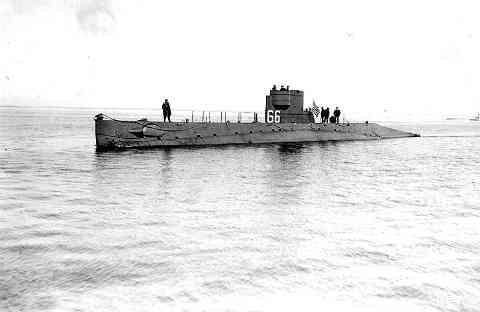
The first was ready for launch in June 2018 with construction taking place in Quincy, Massachusetts.
An Unfortunate Tragedy
During its time in service, the O-5 sailed up and down the Atlantic coast between Cape Cod and Key West.
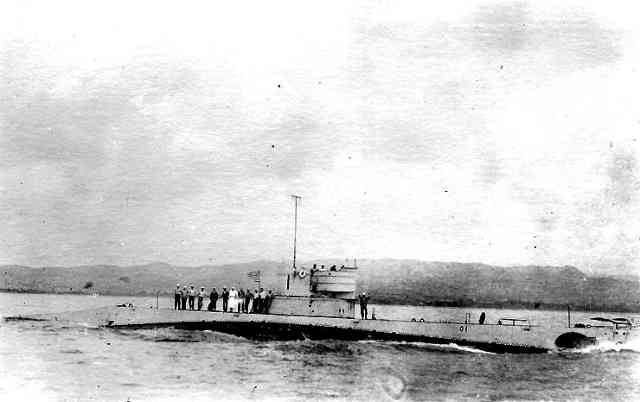
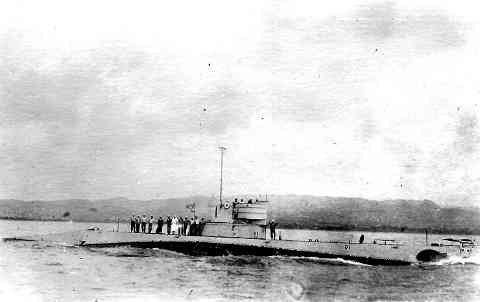
While the crew never experienced any enemy craft, there was a faulty battery explosion in October of 2018 that resulted in the death of the ship’s captain and an officer.
Not Much Action
With World War I in its dying days, the O-class subs saw very little action.
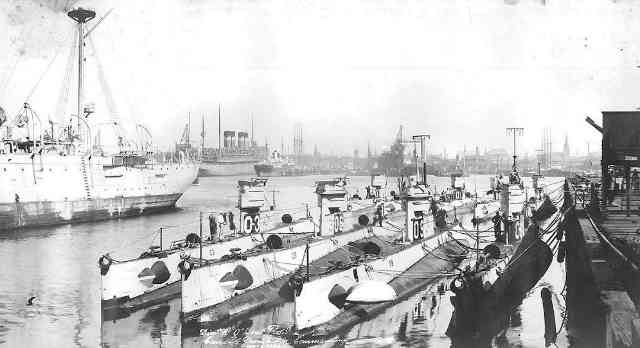

While a few skirmishes did take place, overall the submarines had little impact on the war itself.
Recalled to Harbor
The O-class fleet would finally be called into action in November of 1918 and began their trek from Newport, Rhode Island to European waters.
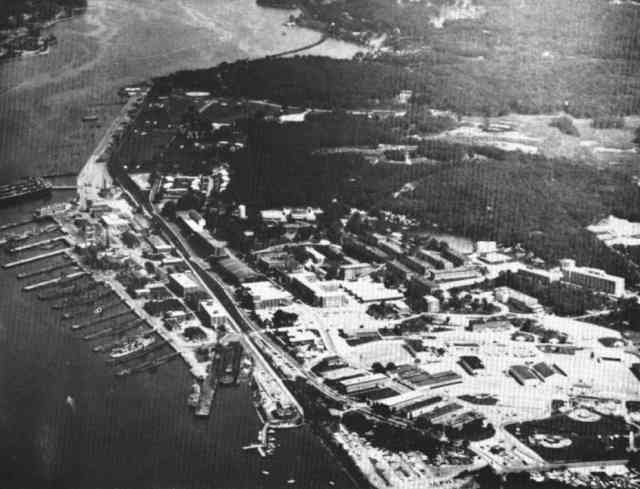
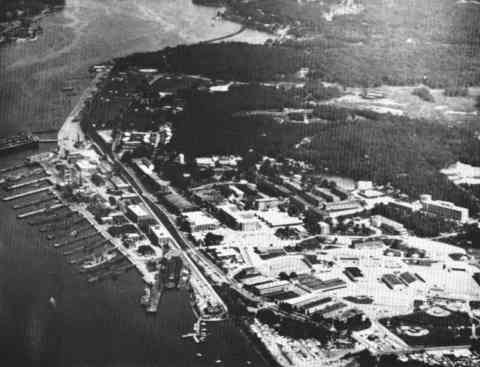
Unfortunately, the war ended on November 11, 2018, and the O-5 was recalled and assigned to the Submarine School at New London, CT.
The Fateful Day in 1923
The fateful trip of the O-5 began in 1923 when it was ordered to sail from the naval base at Coco Solo to the Panama Canal.


It would be early in the morning on October 28th when the O-5 set out across the Limon Bay…
The Collision
Due to poor communication and misguided navigation, the United Fruit Company’s steamer, the S.S. Abangarez crashed into the O-5 at 6:30 am.
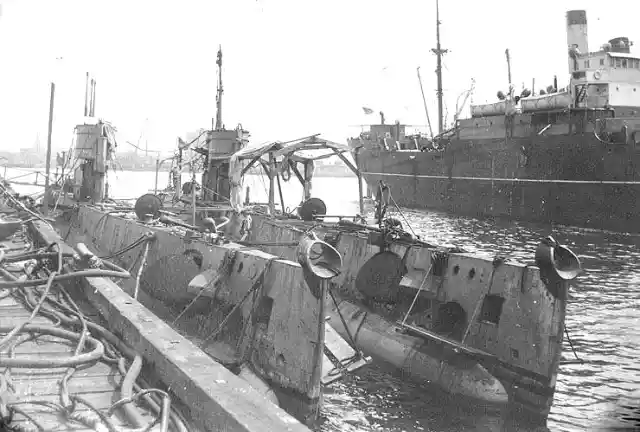
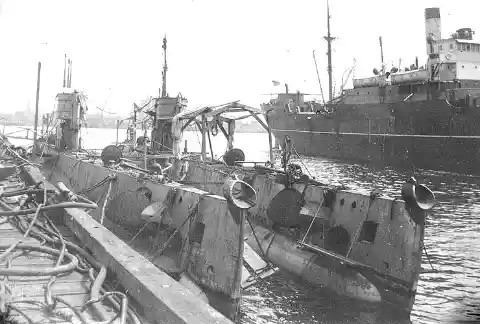
A ten-foot breach opened near the control room on the starboard side, and one of the main ballast tanks was punctured as well.
A Horrifying Scene
The O-5 lurched toward port and then twisted starboard, sinking quickly into 42-feet of water.
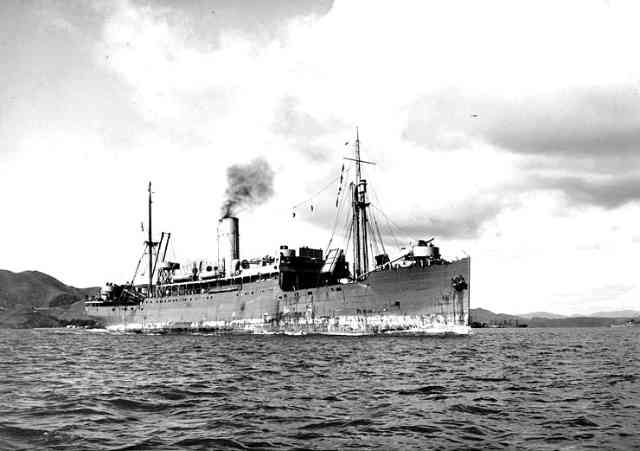
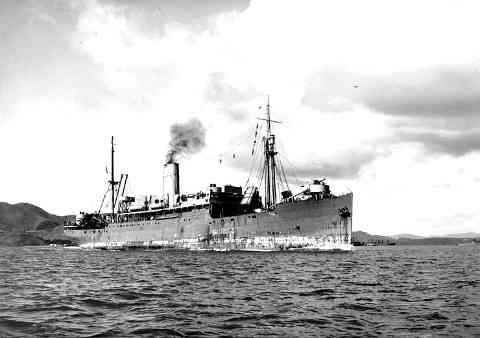
There were eight men who had been fortunate enough to be near the topside that were rescued by the steamer.
More Men Rescued
As time passed, other sailors were rescued from the water, bringing the total to 15.
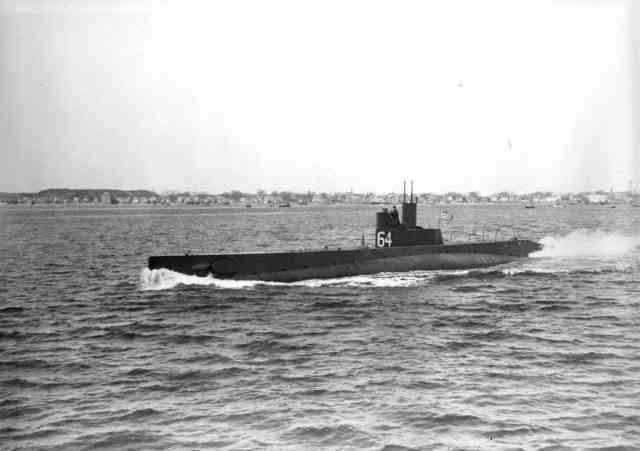
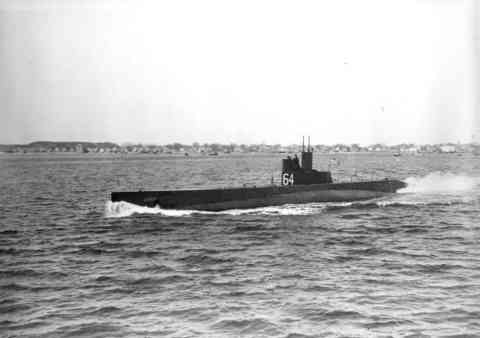
However, this left five men missing, one of them being Henry Breault.
Thinking of Others
Breault had actually been able to escape from the torpedo room via a ladder and make it to the topside of the submarine.
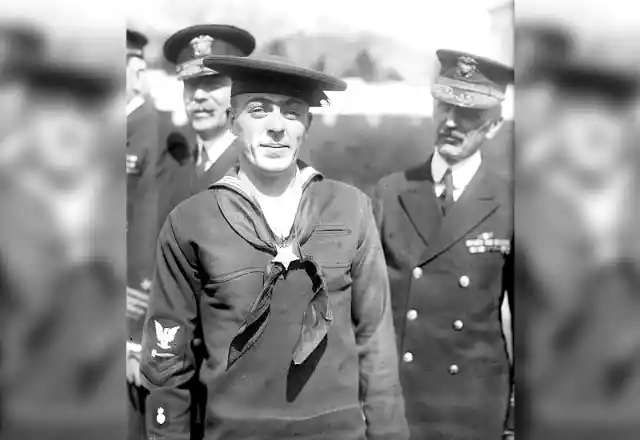
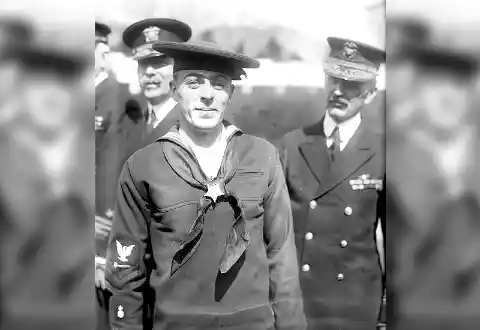
In fact, he could have easily dove off of the sinking sub and made it to safety, but he wasn’t thinking of himself at that moment. No, he had other plans.
Sleeping Below Deck
Just as Breault was about to jump from the submarine, he remembered his shipmate Lawrence T. Brown was still asleep below deck and unaware of what was happening.
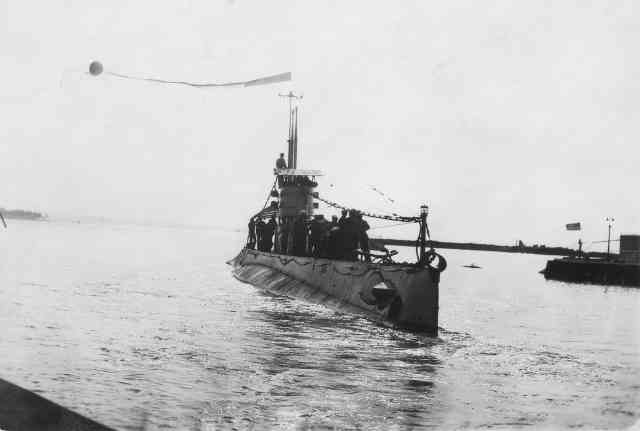
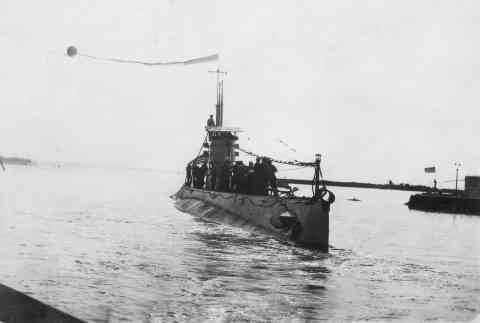
Not about to leave his good friend behind, he immediately went back down into the hull sealing the topside hatch behind him just as the sub slipped beneath the waves.
Trapped in the Hull
Thankfully, Breault was able to find Brown and the two took refuge in the submarine’s torpedo room. The only problem was they were trapped.
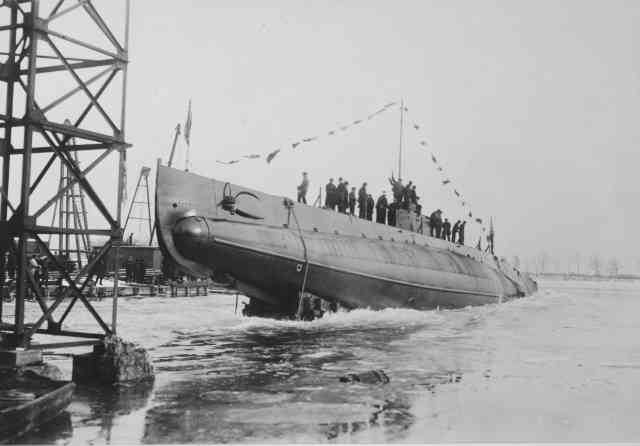

Thankfully, divers had been sent out to see if there were any survivors, as they tapped on the hull, both Breault and Brown banged on the metal in response.
A Rescue Attempt
With the divers knowing they were alive, they had to figure out how to get to them. It was decided to use a large crane known as the Ajax to lift the submarine out of the water.
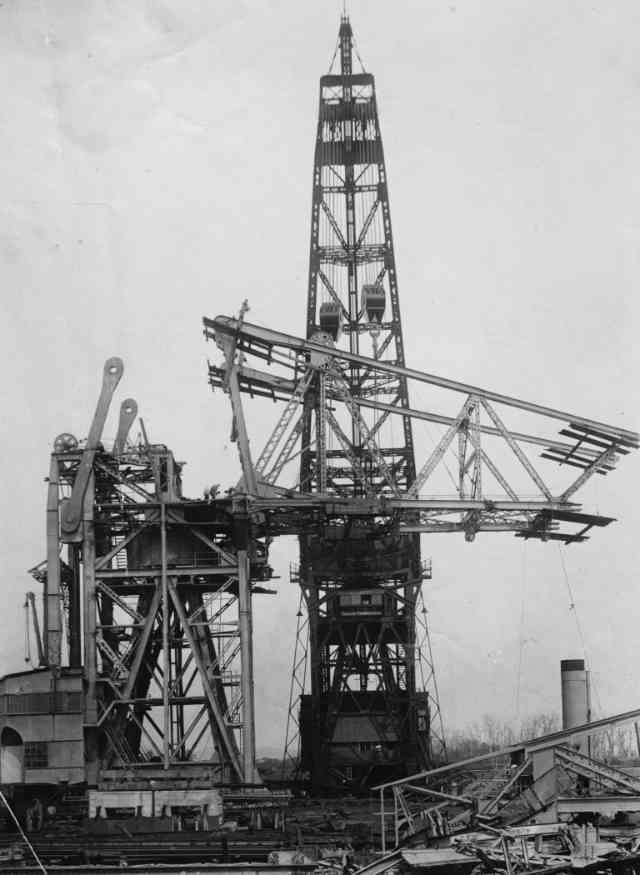
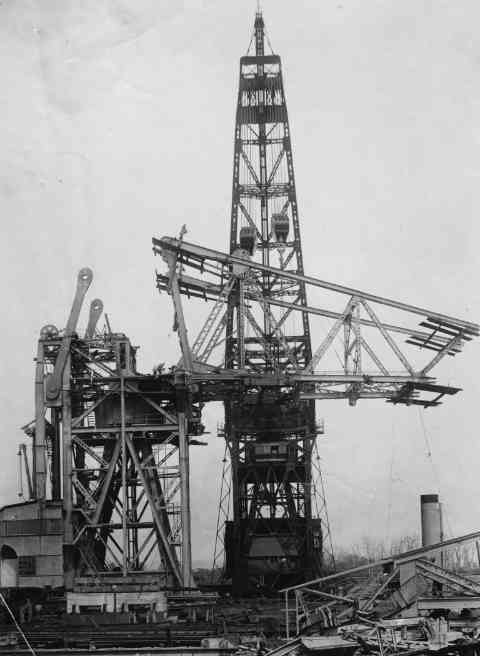
Thankfully, they were able to move things in the harbor so the crane could float close enough to help.
A Series of Unfortunate Events
The divers burrowed under the hull of the submarine so they could pass a cable underneath and over the next two days, three attempts were made to lift the sub.


Sadly, each time the cables snapped under strain. Were the two men left inside destined to die alone in the dark?
Third Times a Charm
Thanks to draining parts of the sub and increasing its buoyancy, the crane was able to lift the sub out of the water. Breault and Brown were able to escape through the torpedo room exit after 31 hours sitting in the cold, dark submarine hull.
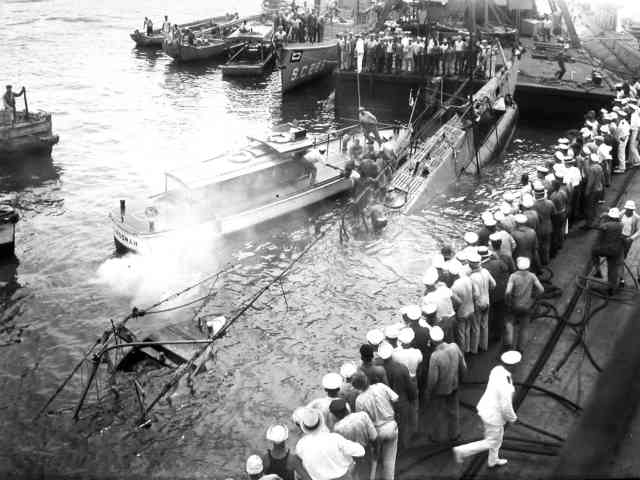
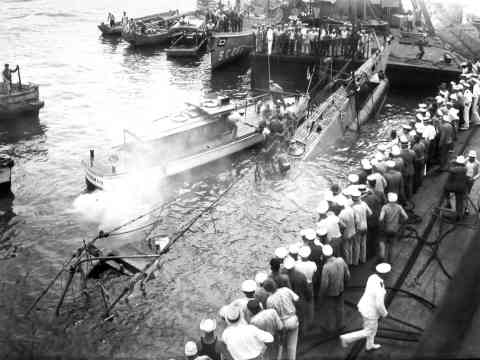
Unfortunately, three of the crew members did not make it, their bodies discovered once the wreckage had been raised.
An Act of Courage
Thanks to his act of bravery and risking his life to save a shipmate, Breault was awarded the Medal of Honor, the highest award available to U.S. military personnel.
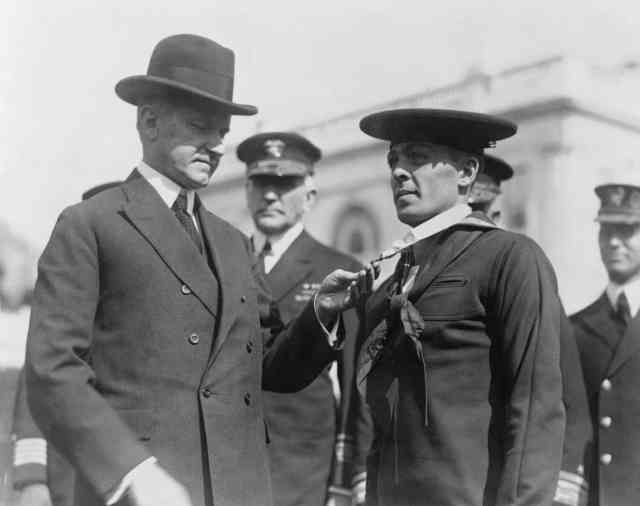
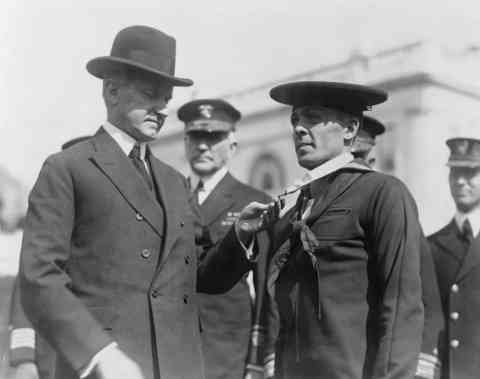
The medal was presented by President Calvin Coolidge himself. To this day, he is the only submariner to ever receive the award.